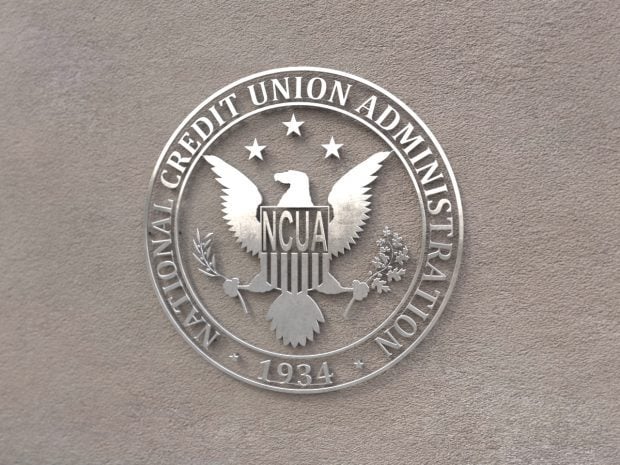WASHINGTON-The national thrift charter is probably the closest comparison to credit unions in the financial services world, according to NAFCU Senior Counsel and Director of Regulatory Affairs Carrie Hunt, but many variables still exist. Thrifts are mutually owned by their members but the owners' voting rights are generally based on the amount of deposits, she explained; some thrifts do have "one member, one vote" clauses in their bylaws. They do fall under Community Reinvestment Act obligations and pay taxes but their advantages over the credit union charter are unlimited branching and strong federal preemption stances from the Office of Thrift Supervision. "Credit unions are definitely more restricted via the Federal Credit Union Act than other institutions," Hunt said. She added, "With credit unions the same people they take deposits from are the same people they're lending too. I think that was the main reason thrifts lost their tax-exemption." Massachusetts is ripe with what they call "coops," the state's own version of the mutual savings bank charter. "A cooperative bank structurally is a lot like an S&L," Massachusetts Credit Union League Senior Vice President of Marketing Rob Kimmett explained. They take deposits and loan the money back out, mostly for mortgages. The distinction is they have a patronage ownership structure and an extra layer of management between the owners and decision makers. "We're all doing business in the same communities.It's easier for the banking trades to get them revved up against credit unions," Kimmett commented. Additionally, he said, in Massachusetts, there are also mutual holding banks, which are stock-owned companies that own mutual banks.
© Touchpoint Markets, All Rights Reserved. Request academic re-use from www.copyright.com. All other uses, submit a request to [email protected]. For more inforrmation visit Asset & Logo Licensing.






